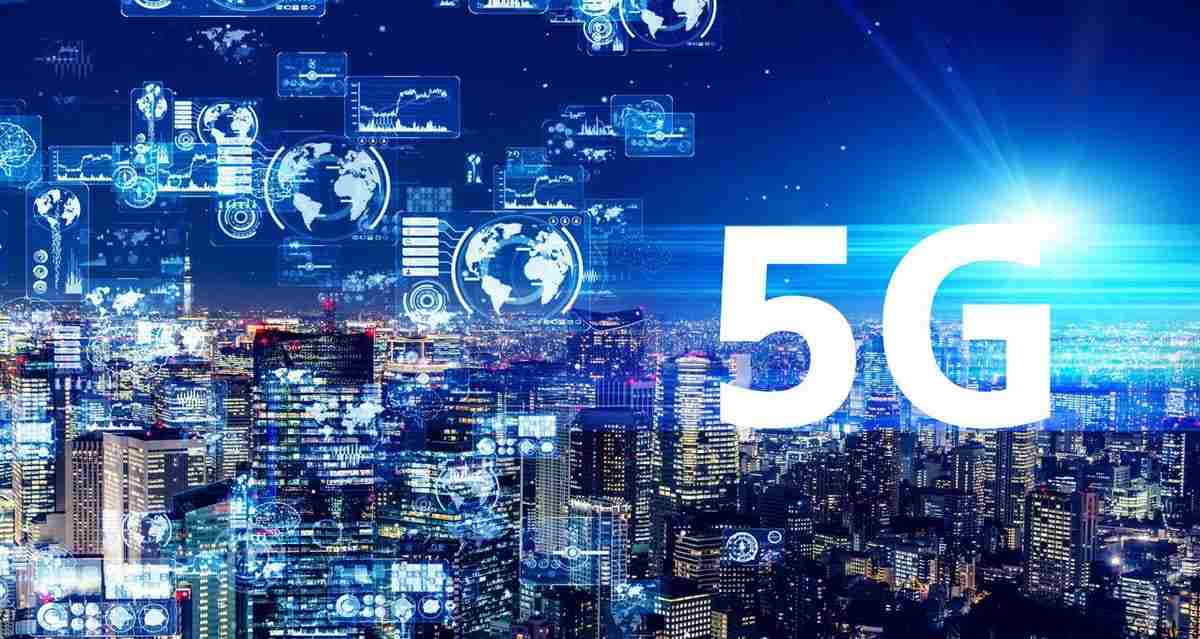5G is on everyone’s lips. This new mobile technology that increases connection speed minimizes latency (web response time) and exponentially multiplies the number of devices that can be connect is now available on the market. The implementation of 5G, the fifth generation mobile network, will bear the capacity of information highways and enable everyday objects, from refrigerators to cars, to connect in real-time.
Table of Contents
What is 5G?
5G is the 5th group of mobile connectivity. LTE (Long Term Evolution), what we know as a 4G connection, took its first steps in Spain in 2013. Gone is the old 1G network, that of those first mobile phones that only allowed us to talk. 2G technology introduced SMS, while 3G connected our mobile to the Internet. 4G – broadband – brought with it the playback of videos in real-time (streaming) and augmented reality, things that we are already used to but that just a few years ago seemed unfeasible. However, it appears that what we live then is nothing compared to the possibilities that 5G allows. Vehicles, industrial robots, urban furniture (speed bumps, roads, bus stops) or any electronic device that we have at home (the alarm, the washing machine,
Differences between 5G and 4G
Among the main differences in the implementation of 5G concerning 4G, we should mention the following:
GREATER REACH: There are expect to be 1 million nodes per km2, which will reach more users, and the perception of network availability will be almost 100%.
MORE SPEED: 5G achieves theoretical download speeds of up to 20Gbps, between 100 and 1000 times faster than the previous generation. We can, for example, download a movie in 10 seconds.
LESS CONSUMPTION: The 5G connection represents a reduction of up to 90% in energy use for the network.
LOW LATENCY: With 5G, latency goes from 50ms to 1ms, so the information is transmitted practically in real-time, and the delay will be insignificant.
More connected users: With 5G, up to 100 times more users and devices can be connected than with 4G networks, without them becoming saturated or falling.
5G for daily life
With the implementation of 5G, considering the non-existent latency, voice calls over data or video calls will not suffer from delays or cuts. The same will happen with the mobile connection because of 5G. We can watch a streaming movie while travelling by train with the same quality as if we were on the sofa at home. In the field of medicine, this network will be able to make wireless medical care and even remote surgery a reality. Vehicles will also take advantage of this advanced connectivity. Thanks to 5G, Car2Car connections will be increasingly efficient and secure. Sending information from some cars to others about the state of traffic or accidents can be done in real-time. The same will happen with 360º virtual reality,
The implementation of 5G and smart cities
Thanks to this speed and connection quality improvement, the 5G network fully immerses us in the era of “everything connected” or the Internet of things. It allows us to generate a natural ecosystem transcending smartphones and can be the missing piece of the puzzle to creating hyperconnected Smart Cities. 5G will be critical so that millions of devices can be connect simultaneously in densely populated areas. In addition, it will allow many of those devices to communicate with each other. The smartphone will connect with the garage door of our house or the alarm clock with the coffee maker, ready to welcome us with freshly brewed coffee.
5G in the universe of virtual and augmented reality
For years we have heard about these two applications, but it will be with the arrival of 5G when they begin to have greater relevance. These technologies will help us conceive the world without geographical barriers. Anyone can watch a football match or go to a concert from their sofa, feeling that they are in the same stadium. Education will also favored, and comprehensive classes with written material will be left behind. The latest report shows that virtual and augmented reality will generate more than 23 million jobs in 2030.

